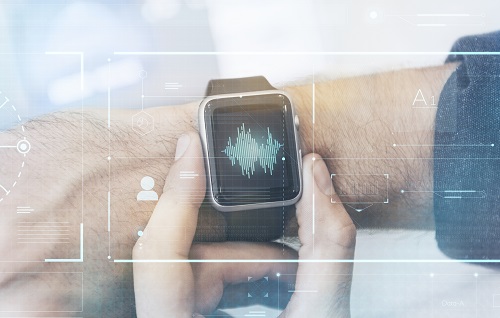We are all excited and also overwhelmed by some of the results by team India at Tokyo Olympics 2020. The athletes make it look easy but anyone who has personal experience in a particular sport knows how much hard work, sacrifice, and dedication is required to just get qualified for an event like the Olympics. Olympics is an event that every athlete dreams of to represent their country in it.
The high standards of the event are not a joke to match with so the athletes and their coaches work as hard as they can to stand out in the event and match the levels. To get there, coaches and athletes and look for every possible advantage. Then it can be dietary regiments, equipment innovations, and different training methods to maximize the chances to win a medal. One of the tools used during the training of the athletes (by themselves and by their coaches as well) is wearable technology which is not only used by the athletes but also some of us, the “fitness freak” ones are familiar and use this technology. Many big names produce devices using such technology, companies like Fitbit, Garmin, Polar, and the Apple Watch are some of the eminent names producing these devices. Devices produced by these companies help to measure and track various aspects of health and the performance of the athletes.
The wearable technology proved to be very useful, especially to keep a track of the athletes when the training grounds were shut due to the pandemic. One of the greatest examples of all is The English Premier League use to keep a track record of its athletes during the remote training after the country went into lockdown. Simply, wearable technology means anything that is attached to the body that measures some or the other aspect of performance while carrying out any physical activity.
Knowing all this the main question that crosses the mind is that, how do these sensors or the devices monitor the movement? Many such devices which are produced now have micro-electromechanical systems which are incorporated with the sensors that track the movements of the body like speed, force, heart rate, or acceleration. The main and the biggest advantage of this wearable system or technology is that they are comparatively inexpensive and are small enough to attach anywhere on the body. The latest technology provides different opportunities to measure performance, it ranges from basic metrics like steps or stroke count to new and highly advanced metrics like harmonic ratios and self-similar pattern recognition.
The most obvious benefit of the devices is that it is providing with information and metrics which weren’t available previously. To enhance and improve performance, it is important that the data collected should be accurate and reliable. This ain’t easy as it sounds as the algorithms used to extract the performance metrics are often meticulous. The information is going to be used by the coaches to take training-related decisions for the athletes so the information needs to be trustworthy.
An additional consideration for the implementation of wearable tech by Olympic athletes is the amount of data that’s generated. Wearable tech produces large quantities of data that need to be analyzed and contextualized with other types of information, such as sets, repetitions, intensities, and interval times. The sheer quantity of data can easily become unmanageable when multiple athletes and training sessions are involved. Wearable technology has benefitted the sports and fitness industry. It has been used for many years to track the record of an athlete’s performance, also to enhance it.












